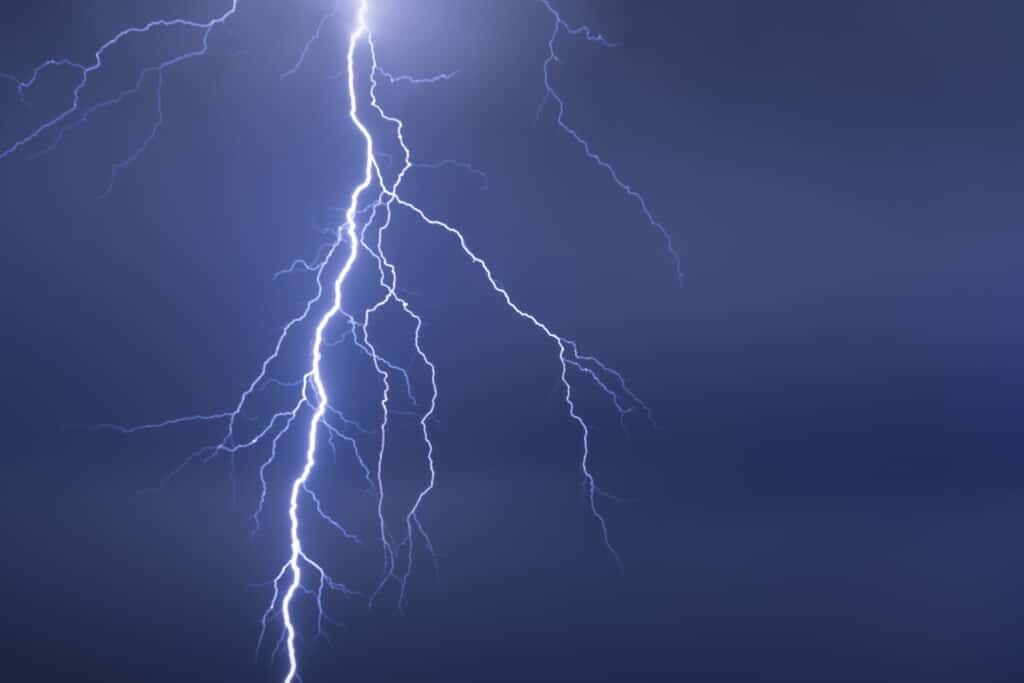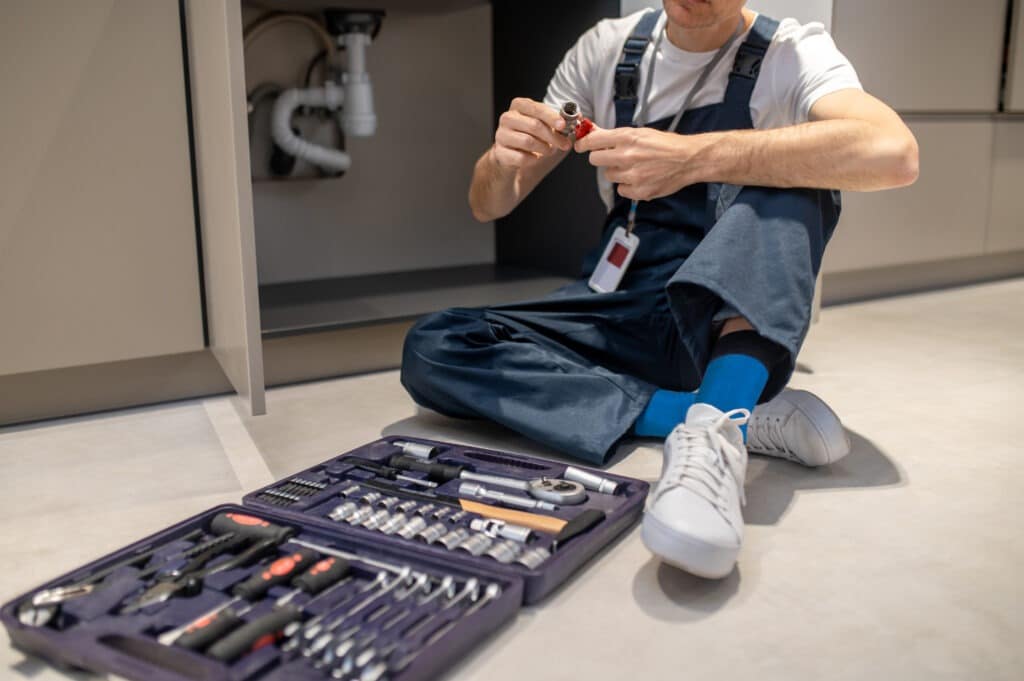El Niño is a climate phenomenon that occurs irregularly and can have wide-ranging effects on weather patterns worldwide. While its impact is often discussed in terms of agriculture, ecosystems, and weather patterns, few people consider how El Niño can affect everyday aspects of our lives, such as plumbing systems. In this blog post, we will explore the connection between El Niño and plumbing, and how this climatic event can potentially impact your home’s plumbing system.
Understanding El Niño

El Niño is a natural climate phenomenon that has important effects on weather and climate worldwide. This climate pattern is characterized by the warming of the surface waters in the central and eastern tropical Pacific Ocean, which can cause significant changes in atmospheric circulation patterns. As a result, areas that typically experience certain weather patterns during certain times of the year may experience different weather conditions during an El Niño event. For example, regions that normally receive high amounts of rainfall may experience drought, while areas that typically experience dry conditions may receive heavy rainfall.
It is worth noting that El Niño events vary in duration and intensity. While most events last for several months to a couple of years, there have been some that have lasted for up to three years. Additionally, El Niño events occur irregularly, with intervals ranging from two to seven years. Although researchers have made significant progress in understanding El Niño, there is still much to learn about this complex climate phenomenon.
Effects of El Niño on Plumbing

- Heavy Rainfall: El Niño often brings increased rainfall to certain regions. Excessive rain can put stress on plumbing systems, especially if they are not properly maintained or have pre-existing issues. Old or corroded pipes may be more prone to leaks or bursts under the increased water pressure. It is essential to inspect your plumbing system before the onset of heavy rainfall and address any potential weaknesses.
- Flooding: El Niño can result in localized flooding, especially in areas that are not accustomed to heavy rainfall. When flooding occurs, sewage systems can become overwhelmed, leading to backups and potential contamination. It is crucial to ensure that your plumbing system, including drainage and sewage lines, is well-maintained and functioning properly to mitigate the risk of flooding-related issues.
- Water Quality: El Niño can also impact water quality, especially in areas where heavy rainfall leads to runoff and the contamination of water sources. Increased sediment, pollutants, and debris in water supplies can affect the quality of the water that enters your home. To safeguard against potential issues, consider installing a water filtration system or regularly testing your water to ensure its safety.
- Drought Conditions: While El Niño is often associated with increased rainfall, it can also result in drought conditions in certain regions. Extended periods of drought can lead to water scarcity and put strain on plumbing systems. In drought-prone areas, it is essential to conserve water and be mindful of potential water restrictions to reduce the strain on your plumbing system and contribute to sustainable water usage.
- Ground Shifting: El Niño can cause significant shifts in ground conditions, particularly in areas susceptible to landslides or soil erosion. These ground movements can affect underground water and sewage lines, leading to leaks or breaks in the plumbing system. If you live in an area prone to ground shifting during El Niño, consider consulting a professional to assess the stability of your plumbing infrastructure.
Preventive Measures

To mitigate the potential impact of El Niño on your plumbing system, consider the following preventive measures:
- Regular Maintenance: Schedule routine inspections of your plumbing system, including pipes, drains, and sewage lines. Identify and address any existing issues before they worsen.
- Weatherproofing: Ensure that vulnerable areas of your home, such as basements or crawl spaces, are properly sealed and protected against potential flooding.
- Water Conservation: Adopt water-saving practices, such as installing low-flow fixtures, fixing leaks promptly, and reducing unnecessary water usage. Conserving water not only helps the environment but also reduces strain on your plumbing system during drought conditions.
- Drainage Management: Clear gutters and downspouts regularly to prevent clogs and facilitate proper drainage during heavy rainfall. Consider installing a sump pump in areas prone to flooding to prevent water damage.
- Professional Assistance: If you live in an area frequently affected by El Niño or have concerns about your plumbing system’s resilience, consult a professional plumber who can offer expert advice and solutions tailored to your specific needs.
While El Niño primarily captures our attention for its impact on climate and weather patterns, it’s crucial to recognize its potential effects on our homes and plumbing systems. By understanding the connection between El Niño and plumbing, and implementing preventive measures, you can safeguard your plumbing infrastructure, minimize risks, and ensure a well-functioning system during these climatic events. Stay informed, be proactive, and rely on professional expertise to maintain a resilient plumbing system that can weather any storm, including El Niño.







